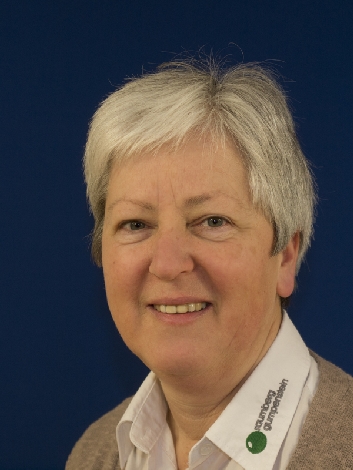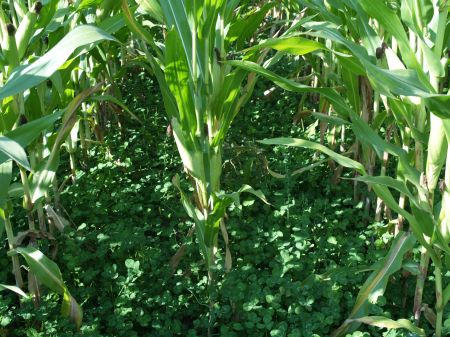Especially in the spring months of May and June, when the hoeing work is to be carried out on the field, it often rains, which means that work on the field is not possible or only possible with difficulty. Weed competition should be kept low right from the start through suitable undersown crops that are sown in the maize at the optimal time. It is also important to find out which yield losses have to be accepted as a result of under-sowing.
The aim of this scientific activity is to find out the optimal time for establishing undersown crops in organically managed maize stocks. On the one hand, the selection of the crop to be sown is of great importance, and on the other hand, the timing of the sowing of these seeds is essential. In principle, many crops are not available for selection because the corn plant is extremely sensitive to competition, especially in its juvenile stage. The question of when under-sowing should take place requires careful consideration. A date that is too early causes the undersown to develop too well, and therefore too strong competition with the corn; A date that is too late can result in the undersown having little or no ability to establish itself in the maize. Too little undersowing then offers no protection against weeds; A poorly developed undersown may only be able to develop properly after the corn harvest and may represent ideal winter greenery.
In dry areas, the question of under-seeding usually does not arise at all due to the lack of water; in wet areas with more than 900 mm of rainfall there should normally be no problems with water competition. Weeds in wetlands repeatedly cause problems. Mechanically, i.e. with a harrow or a hoe, it is often not possible due to heavy and recurring rains and it cannot be done manually.
Under such climatic conditions, the farmer has to use other measures. At this point at the latest, under-sowing is absolutely useful if used correctly. This scientific activity is carried out to collect data on this problem area.







